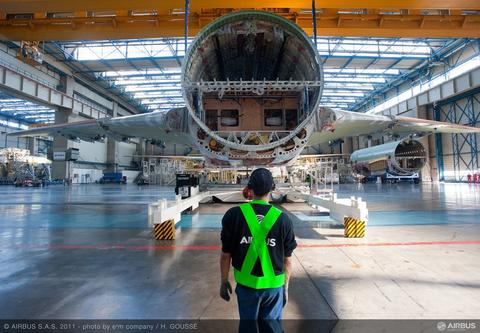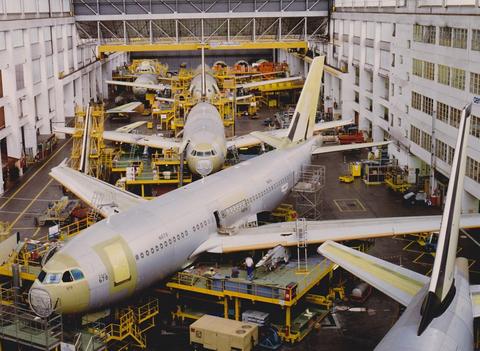The idea of a family of Airbus aircraft to cover all sectors had been embedded in the minds of Roger Béteille and Felix Kracht from the earliest days. It seems logical now that after the A300 and the A310, the next aircraft in line should be the A320.
But in fact, for a while there was pressure from some sections of Airbus to go first for the longer-range A330/A340.
Projects in development in the late 1970s were wide-bodies: a high-capacity twin and a smaller, ultra long-range four-engine aircraft. But now Airbus could see demand building for a medium-range single-aisle aircraft in the 130-170 seat market.
One of the A300-600 and A310’s notable innovations had been the introduction of electrical signalling on secondary flight controls, replacing the web of cables and pulleys tradionally used. Béteille wanted to take this evolution further with the next Airbus aircraft – to computer-driven digital “fly-by-wire”, in which the deflections of the flying control surfaces on the wing and tail are no longer driven directly by the pilots’ controls, but by a computer which calculates exactly which control surface deflections are needed to make the aircraft respond as the pilot wishes. In place of the pilots’ control column would be a simple sidestick control. Airbus also planned to increase the proportion of components built with composites on the A320 to include the horizontal tailplane and flaps.
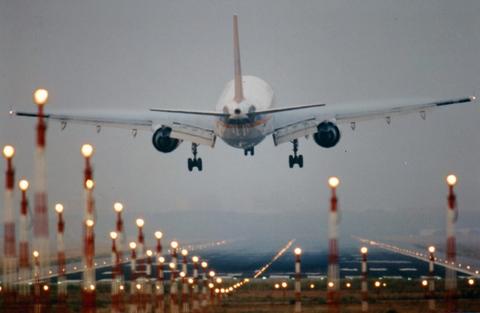
Airbus’ A310 has provided maximum flexibility for operators since its service entry in 1983.
The A320 moves forward
These were bold and imaginative advances, but once again it was innovation not for its own sake but in order to deliver concrete economic and performance benefits: reducing an aircraft’s weight would mean better fuel efficiency, for one thing.
But first the decision had to be made – medium-range A320, or long-range A330/A340?
Béteille recalled: “As far as I was concerned there were two elements, one being the market needs, which was for an A320 earlier than a A340; and secondly for the technical reason that, having to make a significant step forward in technology, like fly-by-wire, it was considerably easier and less risky to enter the field with a smaller aircraft than with a big, long-range aircraft.
Correcting a mistake is much cheaper, and the accumulation of experience is faster with a smaller, short-range aircraft which makes many more flights and is used in larger numbers than the long-range.
There were some divergent ideas within Airbus, but the final decision to go for the A320 was a smooth one.”
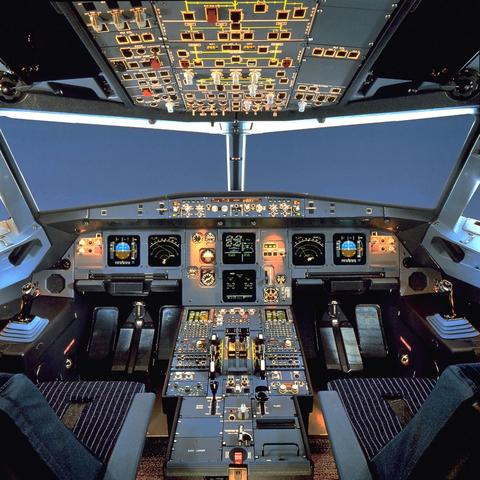
Fly-by-wire technology has allowed Airbus to develop a true family of aircraft through the highest degree of operational commonality.
A320 key advantages
The A320’s fly-by-wire technology was not only a way of improving flight controls and reducing weight. It enabled Airbus to take safety to a new level by introducing the flight envelope protection. Pilots flying the A320 were free to operate it as normal, but the flight envelope protection prevented the aircraft from performing manoeuvres outside its performance limits.
Fly-by-wire also firmly established the concept of commonality which is so central to the appeal to customers of Airbus aircraft. No matter how one aircraft varies in size or weight from another, fly-by-wire commonality allows the pilot to fly them in the same way because the computer “drives” the aircraft’s flight controls. This leads to considerable reductions in the time and costs involved in training pilots and crew to operate them.
A further advantage which the A320 offered over its rivals was that its cabin was wider, enabling airlines to install more spacious seats with a wider aisle.
In June, 1981, at the Paris Air Show, Air France gave the A320 programme a huge boost by declaring its intention to buy 25 of the planned new aircraft, with an option on 25 more. Yet the A320 was not officially launched until March, 1984. Talks over funding and workshare agreements between Airbus partners were complex and prone to delay, conducted as they were against a backdrop of world recession and the effects of deregulation in the American airline industry. The number of A300 “whitetails” had again begun to build up in Toulouse as recession-hit customers cancelled orders. Nevertheless, when the A320 launch day finally arrived Airbus was able to announce an impressive portfolio of more than 80 firm orders from five launch customers. British Caledonian, then Britain’s second largest airline and later to be taken over by British Airways, ordered seven A320s with three options, joining Air France, Air Inter, Cyprus Airways and Inex Adria of then Yugoslavia.
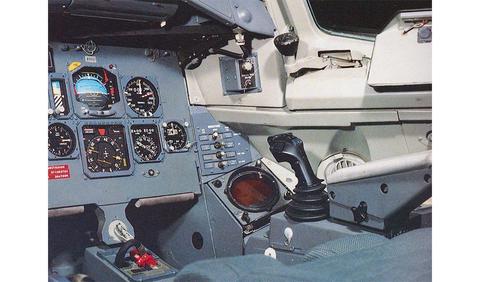
The sidestick control is a key component of Airbus’ fly-by-wire technology.
A royal entrance
A hard-won order from one of America’s leading airlines, Pan Am, crowned the A320 programme’s successful beginnings. It was achieved in the face of stiff competition from rivals and was only the second order won by Airbus in the U.S.
In February, 1987, the A320 was rolled out in a glittering ceremony in Toulouse featuring lasers, dry ice, champagne and royalty – the Prince and Princess of Wales joined French Prime Minister Jacques Chirac as special guests, and 1,400 people attended. Worldwide publicity ensued and optimism was running high.
But even the likes of Béteille, Kracht and Jean Pierson (who had replaced Bernard Lathière as President and Chief Executive Officer in 1985) might have hesitated to predict the kind of success the A320 would actually go on to achieve.
The A320 Family has recorded spectacular sales success, becoming the best-selling jetliner aircraft family ever.
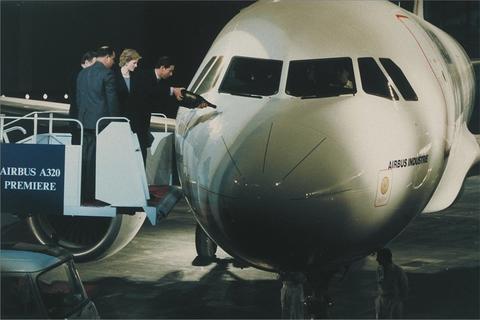
The A320 was presented publicly for the first time at a special ceremony in Toulouse, France, where the jetliner was “launched” by the Prince and Princess of Wales.

